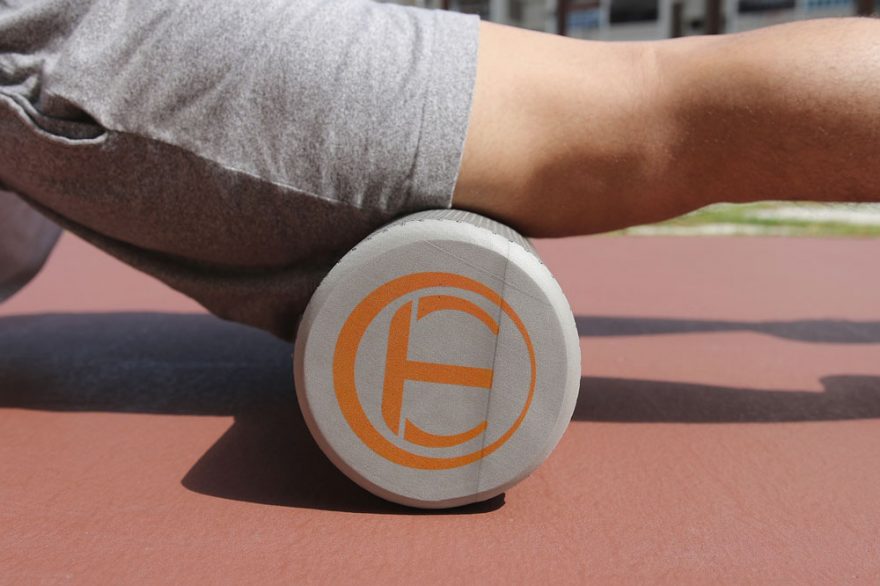
Foam rolling, known as self-myofascial release to the experts, has grown in popularity over recent years among amateur fitness enthusiasts. Not too long ago, you would have only seen professional athletes ‘enjoying’ foam rolling, however its benefits are now more widely understood.
Even in gyms these days you’ll a couple of foam rollers lying around as standard; a sign of growing usage. But, even those who use them often don’t really understand what it does and how you should use it. You’ve probably been guilty of doing a quick ‘back and forth’ movement then straight into your exercise, thinking you’ve done something useful.
This article aims to help you understand why you should use the foam roller and exactly how to use it.
The Modern-Day Torture (and why you should do it)
Self-myofascial release is the scientific term for ‘self massage’ and is done to relieve tightness in the muscles. It actually doesn’t have to be done with just a foam roller, you can also perform exercises to the same effect with hockey balls, tennis balls or, if you’re feeling brave, a kettlebell.
If you perform a lot of repetitive movement, like running, the connective tissue around your muscles can become tight, impeding movement and performance. It’s important to relieve this for you to recover and perform well.
Using a foam roller can also help to alleviate pressure points, known as muscle knots. One of the best ways this works is that the foam roller puts direct pressure on these points, rather than just stretching them.
Studies suggest that using a foam roller can help to increase your range of motion, reduce muscle soreness and aid recovery. It is also widely believed to decrease the likelihood of injury.
How to Use a Foam Roller
You should aim to target muscle groups which feel stiff, tight or sore from exercise. If you target an area which is sore, roll back and forth for around 30 seconds and then change. You should feel soreness when doing so. However, if it’s too painful, then avoid the area directly and instead, target the surrounding area and gradually build up to hitting the spot you need. You’re always aiming to relieve pain and soreness, not see how much you can withstand.
You should aim to roll slowly, and when you feel like you’ve hit ‘the spot’ pause here for a few seconds while relaxed, until you begin to feel it release. For specific trigger points, you can use a hockey or tennis ball in a similar manner to foam rolling. Working on these exercises is excellent before exercise as it helps to improve blood flow and activate your muscles.
The below video is a good demonstrations of which areas you can target and how exactly to go about it.
 Your Privacy Choices
Your Privacy Choices
 The
The